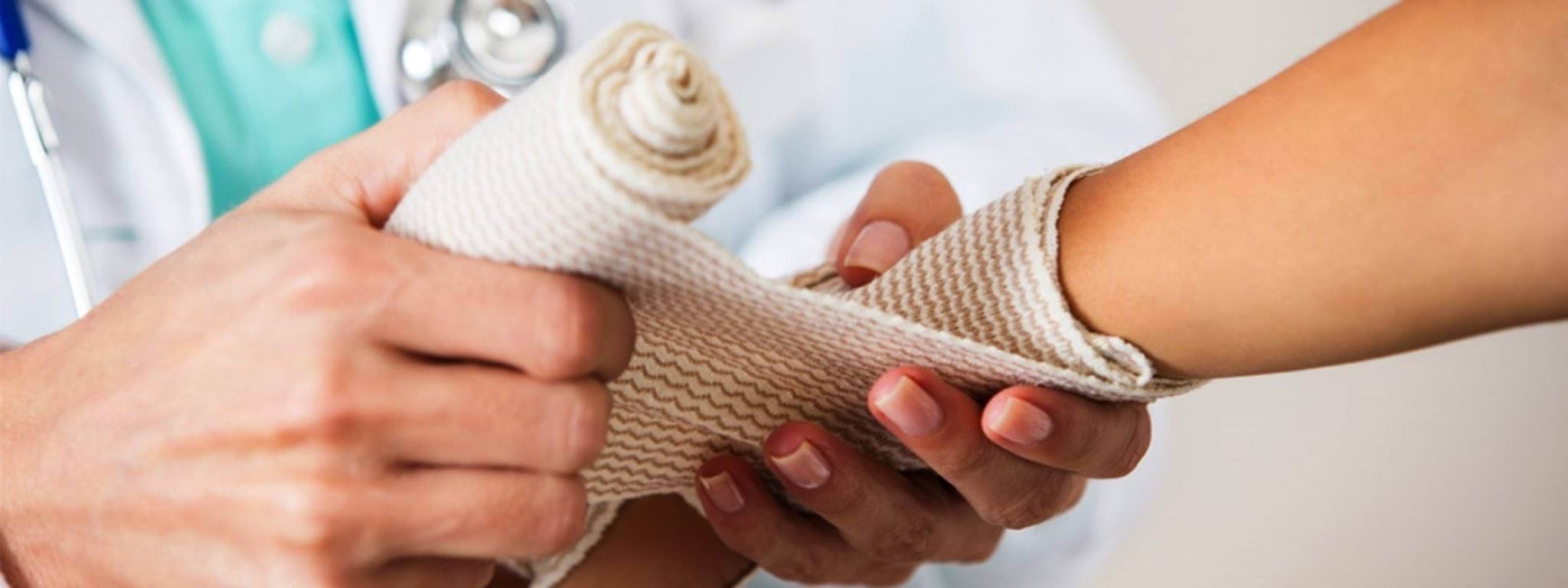About 50,000 Victorian hospital admissions each year are because of burn injuries.
Burns and scalds are a leading cause of injury to young children, with toddlers most at risk.
Around 80 per cent of child burn injuries happen in the home, most often in kitchens and bathrooms.
Other high-risk places include fireplaces and camping sites. Flame burns are a common cause of burn injury to young adults.
There are seven types of burns:
- scalds (caused by hot liquids, foods or steam)
- flame
- contact (with hot objects e.g. heaters, or with very cold objects e.g. dry ice)
- friction (e.g. treadmill)
- chemical
- electrical
- radiation (including sun burn)
All burns can be serious. Even small burns can have long-term consequences. Severe burns often require ongoing physiotherapy and multiple surgeries.
By taking a few minutes to make your home and environment as safe as possible, you could prevent a life-changing injury.
FRV is a member of the Victorian Burns Prevention Partnership (VBPP). We work with CFA and the burns units at the Alfred and Royal Children's Hospitals to help prevent burns.
Updated
